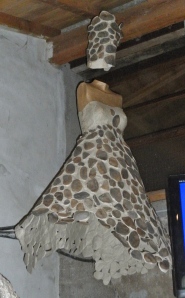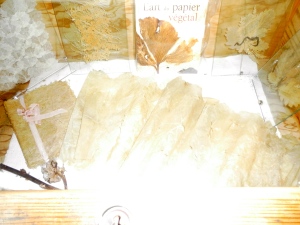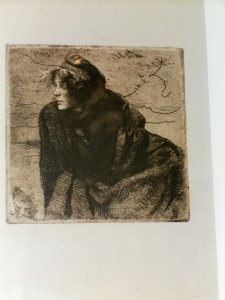Perhaps some of you will humor me. WordPress has just notified me that it is the ninth anniversary of beginning this blog. A special shout-out to Cindy Knoke who gave me my first like, and to all who have stopped and commented on this journey. Here is a re-blog of that original post with only a quote that was just added. I am grateful to the new friends I’ve made along the way and my love for France simply digs deeper into the soil around me. Thirteen years after moving here, I can state that this is, indeed, where I belong.
“I don’t even remember the season. I just remember walking between them and feeling for the first time, that I belonged somewhere.” – Stephen Chbosky, The Perks of Being a Wallflower
In The Beginning…
While I was born and grew up in California and had some family in different states and across western Canada, I never felt a part of the country that claimed my allegiance. The desire or perhaps need to travel beyond these boundaries was intense. There was an insatiable hunger for foreign films, stories and I wanted it all. While I have been to a few countries and enjoyed them tremendously, nothing but Europe would ever be home.
When an automobile accident cut short my career, I had to decide what to do with the rest of my life. As I did not have the income to continue my mortgage payments, the house would have to be sold. However, I would have to find a house that I could afford without a mortgage with whatever I could obtain. Although the market was spiraling downward, I was fortunate to have bought the property when things were more affordable and made enough, that if careful, I just might survive. With what I did make, there was no way to buy another property in California and I did not want to be there anyway. Dare I hope?
The advent of the internet made many things possible or at least much easier. I quickly became addicted to looking at property in Europe. Not only property but I could investigate many of the questions that would aid me in my decision, questions about the experience and day-to-day living. As the focus become clear, there was but one thing left to do. Armed with the information I had discovered and the advice of a dear friend, the search was over. I knew it in my bones that I would love France before I ever even saw it and I learned long ago to trust my instincts.
On May 9, 2006, I flew to France for the first time. I came armed with a rail pass and a return ticket in six weeks. During that time, I traveled around France and made some new friends that I kept in contact with by email and snail mail. The only difficulty was in leaving. It was heartbreaking to get on that plane back to California. My heart I left behind.
On October 31, 2007, I finally arrived back in Paris. The short flight to Toulouse was followed by a train ride to Carcassonne. Exhausted but supremely happy, I collapsed into the bed at the hostel in La Cite. I was finally home.
Bisous,
Léa




























































